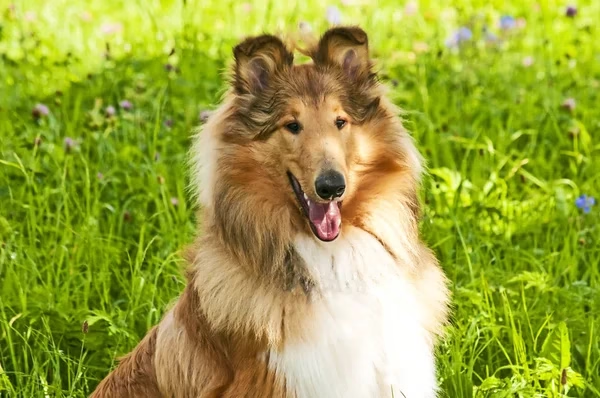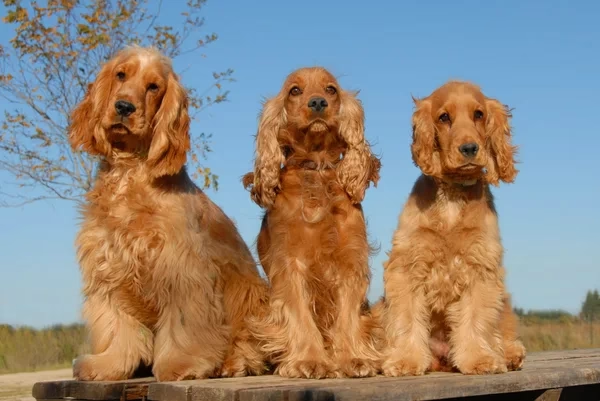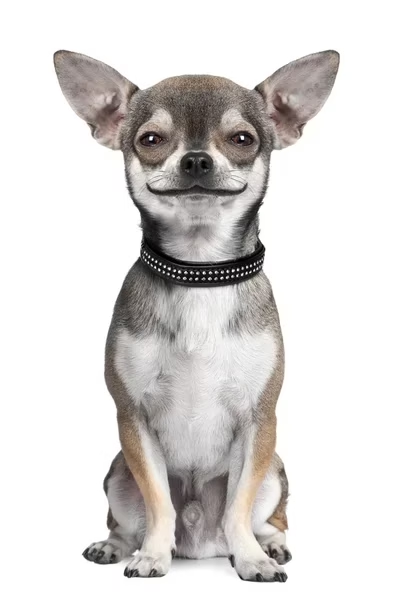Introduction: Meet the Bloodhound

The Bloodhound is a scent hound famous for its unmatched tracking skills and sweet personality. Bred to follow even the faintest trails, this gentle giant is both a hardworking tracker and a devoted family pet.
Breed Overview: Quick Facts About the Bloodhound
| Trait | Description |
|---|---|
| Origin | France/Belgium |
| Group | Hound |
| Height | 23–27 inches (58–69 cm) |
| Weight | 80–110 lbs (36–50 kg) |
| Lifespan | 10–12 years |
| Coat | Short, loose, and dense |
| Colors | Black & tan, liver & tan, red |
| Energy Level | Moderate to high |
| Trainability | Good (but stubborn) |
| Good with Kids | Yes, very gentle |
History and Origin of the Bloodhound
The Bloodhound has ancient roots, going back to medieval France and Belgium. Monks at the St. Hubert Monastery developed dogs that could follow scent trails over long distances. Eventually, this line became the Bloodhound we know today. Over time, they gained recognition in England and the United States for their tracking excellence.
Physical Characteristics of the Bloodhound
With its droopy ears, wrinkled skin, and soulful eyes, the Bloodhound has a look all its own. These features help trap scent particles around the face, boosting its already powerful sense of smell.
Common colors include:
- Black and tan
- Liver and tan
- Solid red
Though large and strong, the breed moves with purpose and surprising grace.
Temperament and Behavior of the Bloodhound
Affectionate and Gentle
Bloodhounds are famously gentle, especially with children. They enjoy being part of the family and often seek close contact with their humans.
Independent and Determined
When following a scent, Bloodhounds are known to be single-minded. While they are intelligent, their independence can make training more challenging.
Curious and Persistent
These dogs love to explore. For this reason, secure fencing and leashed walks are essential.
Is the Bloodhound Right for You?
Ideal Home Environment
This breed needs space and activity. Homes with fenced yards or rural properties are ideal.
Best for:
- Families with active lifestyles
- Owners experienced with large breeds
- Homes with secure outdoor areas
Training and Socialization Tips
Bloodhounds are intelligent but can be stubborn. Therefore, early and consistent training is crucial.
Training tips:
- Use food rewards and praise
- Keep training short and fun
- Start socializing early
With proper effort, Bloodhounds can become polite and well-adjusted companions.
Grooming and Maintenance
Bloodhounds are relatively easy to groom but require regular attention to certain areas.
- Brushing: Weekly, more in shedding season
- Ears: Clean often to prevent infections
- Skin folds: Wipe to avoid irritation
- Bathing: Every few months or as needed
They also drool quite a bit, so keep a towel nearby.
Common Health Issues
While generally healthy, Bloodhounds are prone to some breed-specific conditions.
Watch for:
- Hip and elbow dysplasia
- Bloat (gastric torsion)
- Ear infections
- Eye problems like entropion
Prevention tips:
- Choose a responsible breeder
- Feed multiple small meals
- Avoid intense activity after meals
Routine vet visits are essential for long-term wellness.
Exercise Needs of the Bloodhound
These dogs need regular physical and mental stimulation. They are not hyperactive but do get bored easily.
Best activities:
- Long, sniff-heavy walks
- Tracking games
- Interactive food puzzles
- Scent work challenges
Give them chances to use their powerful nose—it keeps them happy and well-behaved.
Pros and Cons of the Bloodhound
| Pros | Cons |
|---|---|
| Outstanding scent-tracking | Can be stubborn |
| Loving and loyal with families | Needs supervision outdoors |
| Gentle with kids and pets | Drools heavily |
| Calm indoors after exercise | Prone to ear and skin issues |
Fun Facts About the Bloodhound
- A Bloodhound’s nose has over 300 million scent receptors.
- Their scent trail work is accepted in courts.
- They can follow trails several days old.
Final Thoughts: Is the Bloodhound the Right Choice?
The Bloodhound is a gentle, loyal, and highly skilled scent hound. If you’re looking for a calm family dog with a working dog’s heart—and you don’t mind a little drool—this breed could be the perfect fit. With proper care, space, and training, the Bloodhound will be a faithful and fascinating companion.
👉 Looking for more breed profiles? Explore how to choose the right pet for your lifestyle.
👉 For breed standards and more, visit the AKC Bloodhound page







